17 fun facts about the 17th of May
The 17th of May (Syttende Mai) is a day of fun and celebration for children and adults alike – with colorful costumes, parades, music, and ice cream, lots of ice cream! It is also a very important historical day for all Norwegians and descendants around the world, not least in America.
This article introduces you and your kids to 17 facts about the history of the 17th of May: Why do we celebrate it? Who were some of the famous Norwegians who helped shape this day? When did it become a special day for children?
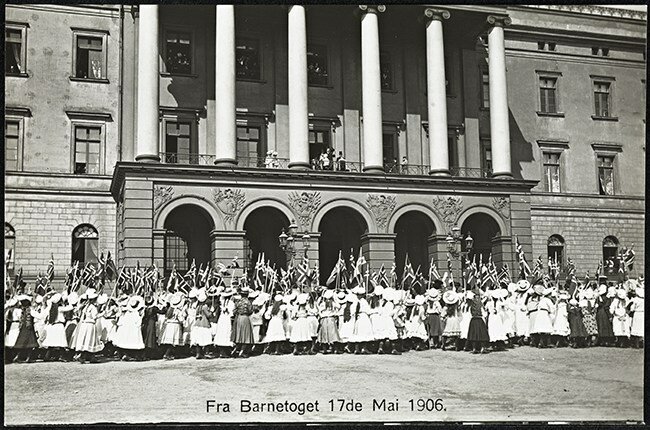
A 1906 children’s parade in front of the palace in Oslo. Photo: National Library of Norway / Wikimedia
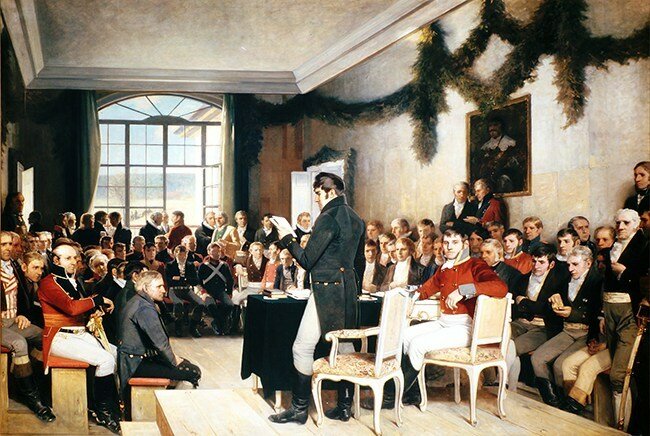
“Riksforsamlingen på Eidsvoll 1814,” Oscar Wergeland. Painting: Riksmuseet i Oslo / Public Domain
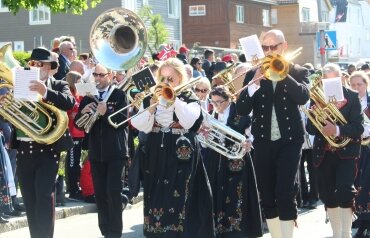
Stavanger 2018-05-17. Photo: Norway Today Media
Hipp hipp hurra for Syttende Mai!
Test your knowledge!
17. mai fun facts quiz for small readers ( True or False):
- The 17th of May is the Norwegian national holiday.
- Red, white, and blue are the colors of the flag.
- Only a few children march in Syttende Mai parades.
- Many children play in school bands.
- Bunad is the name for a Norwegian folk costume.
- Dancing and singing are forbidden on the 17th of May.
- Kids can eat all the ice cream they want on Syttende Mai.
17. mai fun facts quiz for bigger readers ( True or False ):
- Norway’s Constitution was signed in Eidsvoll in 1776.
- Henrik Wergeland was the first prime minister of Norway.
- The first 17th of May children’s parade was only for boys.
- The Norwegian royal family always marched in the 17th of May parade.
- School bands are a major part of 17th of May celebrations.
- Norwegians have always worn bunads on Syttende Mai.
- Hulda Garborg forbade people to wear Panama hats with their folk costumes.
- Children have dressed up in folk costumes to dance in leikarringar since the 1920s.
- During the World War II Occupation by the Germans, Norwegians marched in parades on the 17th of May in protest.
- Children are only allowed to eat red, white, and blue ice cream on Syttende Mai.
Answers will be available shortly
- A 1906 children’s parade in front of the palace in Oslo. Photo: National Library of Norway / Wikimedia
- “Riksforsamlingen på Eidsvoll 1814,” Oscar Wergeland. Painting: Riksmuseet i Oslo / Public Domain
- The royal family waves from the balcony of the palace. In the small photo, taken in 2007, we see Princess Ingrid Alexandra, Crown Prince Haakon, Crown Princess Mette-Marit, Queen Sonja and King Harald. Photo: Ernst Vikne / Wikimedia
- Barnetoget parades past the Royal Palace in Oslo. Photo: Morten Johnsen / Wikimedia
- Norway’s national day in Oslo.17may.Photo: Heiko Junge / NTB scanpix
- 17 May in Oslo.Norway’s Constitution Day: Children’s parade.Photo: visitoslo.com
- Oslo. May 17th celebration in downtown Oslo: Jon Olav Nesvold / NTB scanpix
- Norway’s national day..17 may.Photo: Terje Pedersen / NTB scanpix
- Constitution Day, 17 May in Oslo.Photo: Tomasz Majewski
- May 17 parade in front of the Royal Palace in Oslo. Photo. visitnorway.com
- 17th of May. Photo: Terje Pedersen / NTB scanpix
- Oslo 20150517. The Royal Family at 17 of may, looking at the Childrens parade walking by the castle. Foto: Heiko Junge / NTB scanpix
- 17 may-celebration of Karl Johan Street in Oslo.Photo: Vegard Grøtt / NTB scanpix
This article is written by Lori Ann Reinhall.
This article was first published by The Norwegian American
© The Norwegian American / #Norway Today


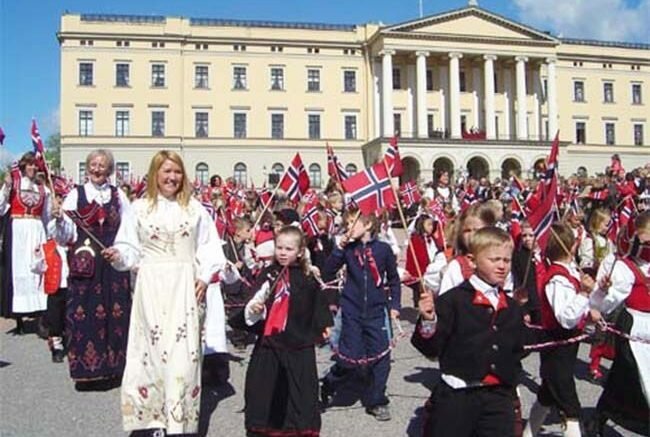





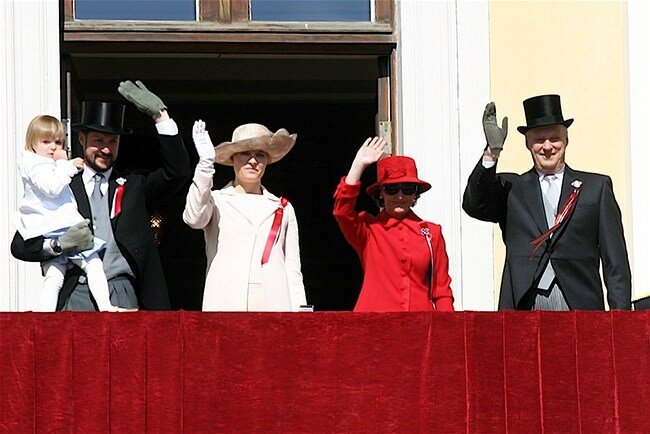
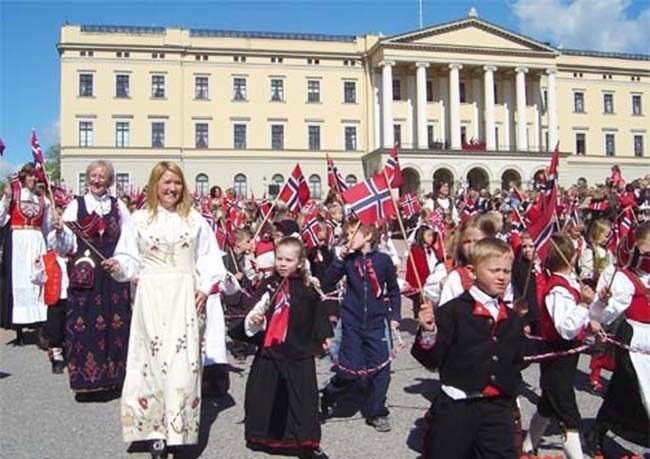

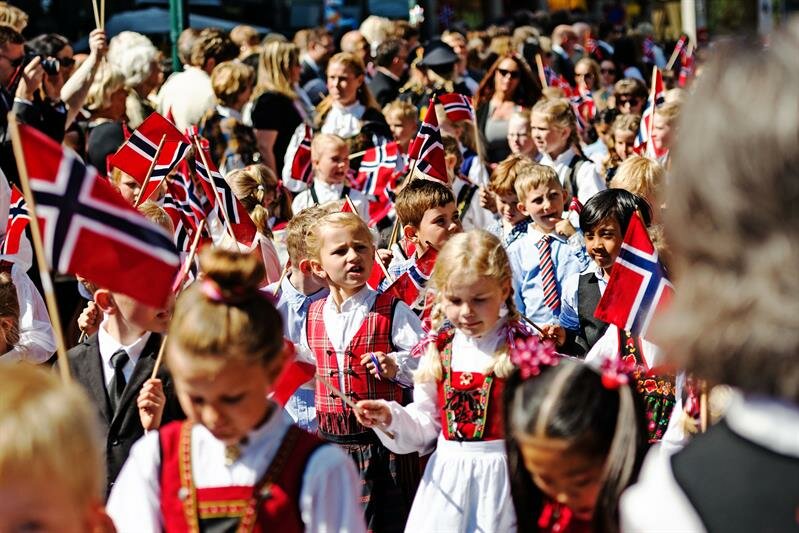
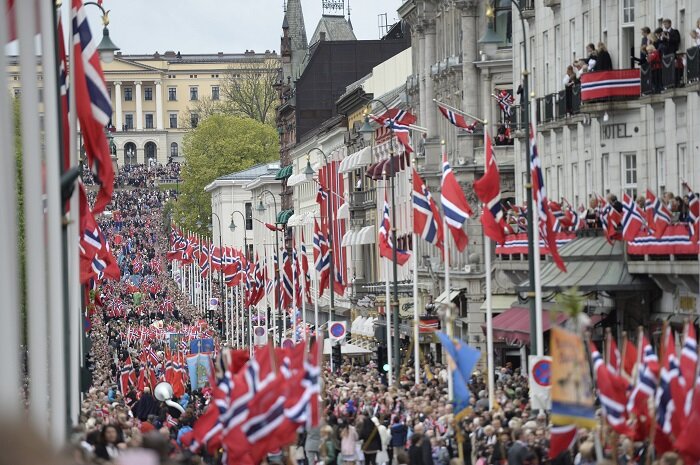
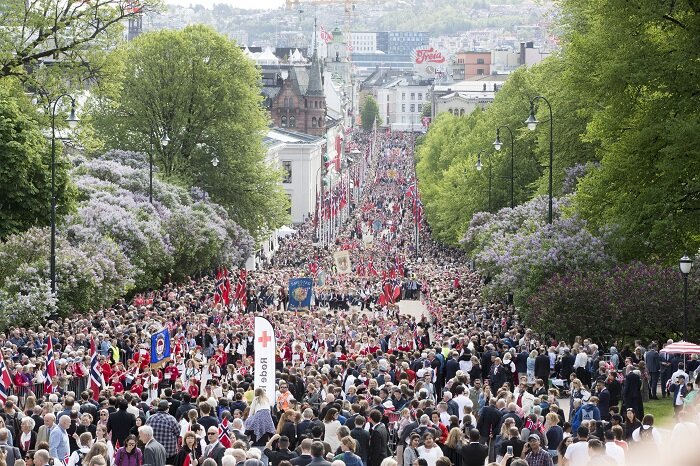
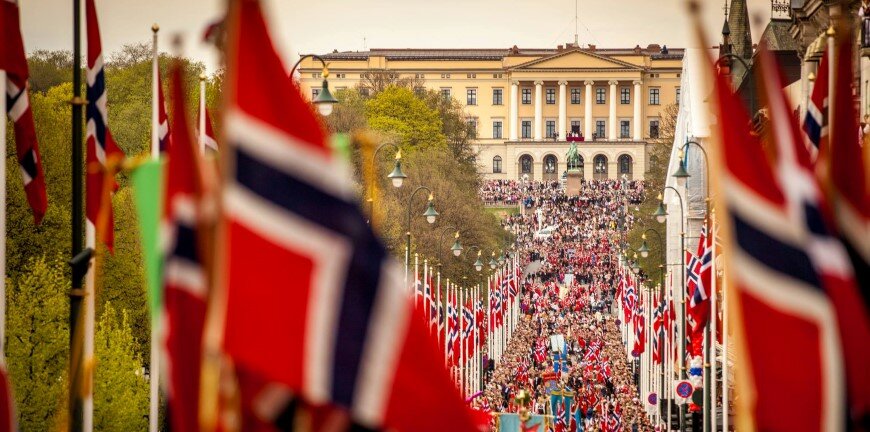
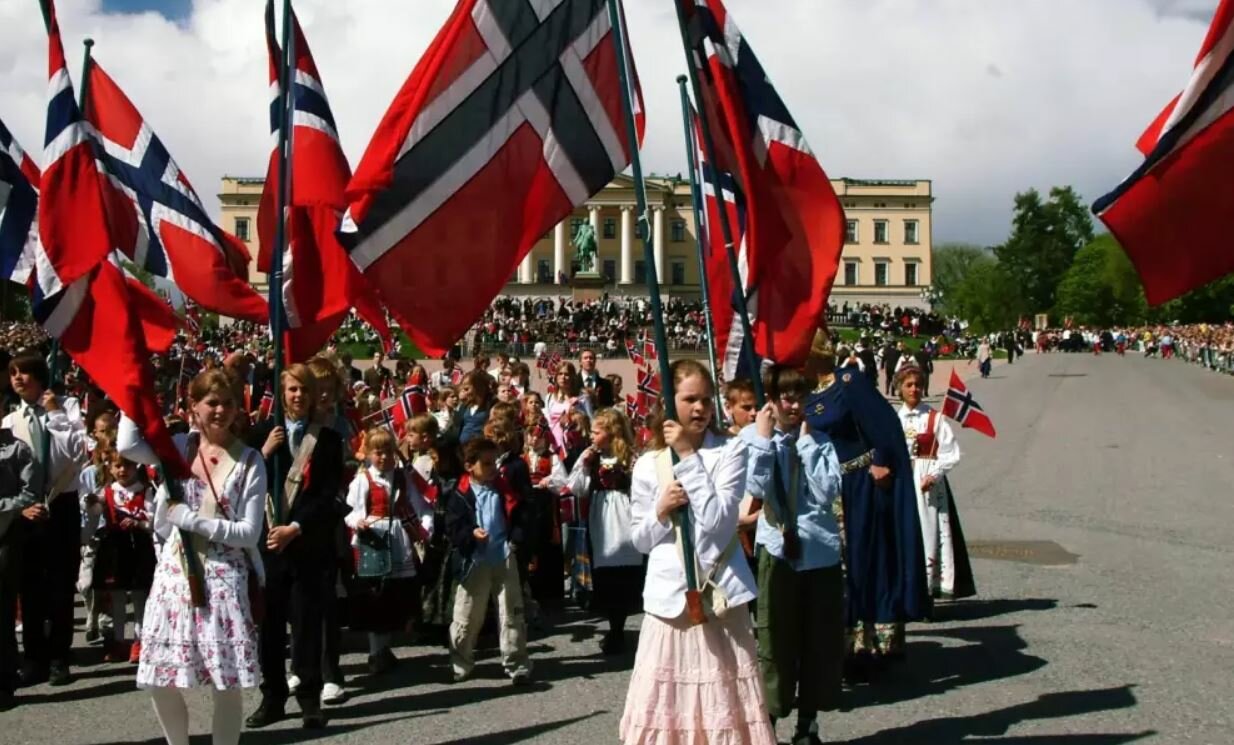
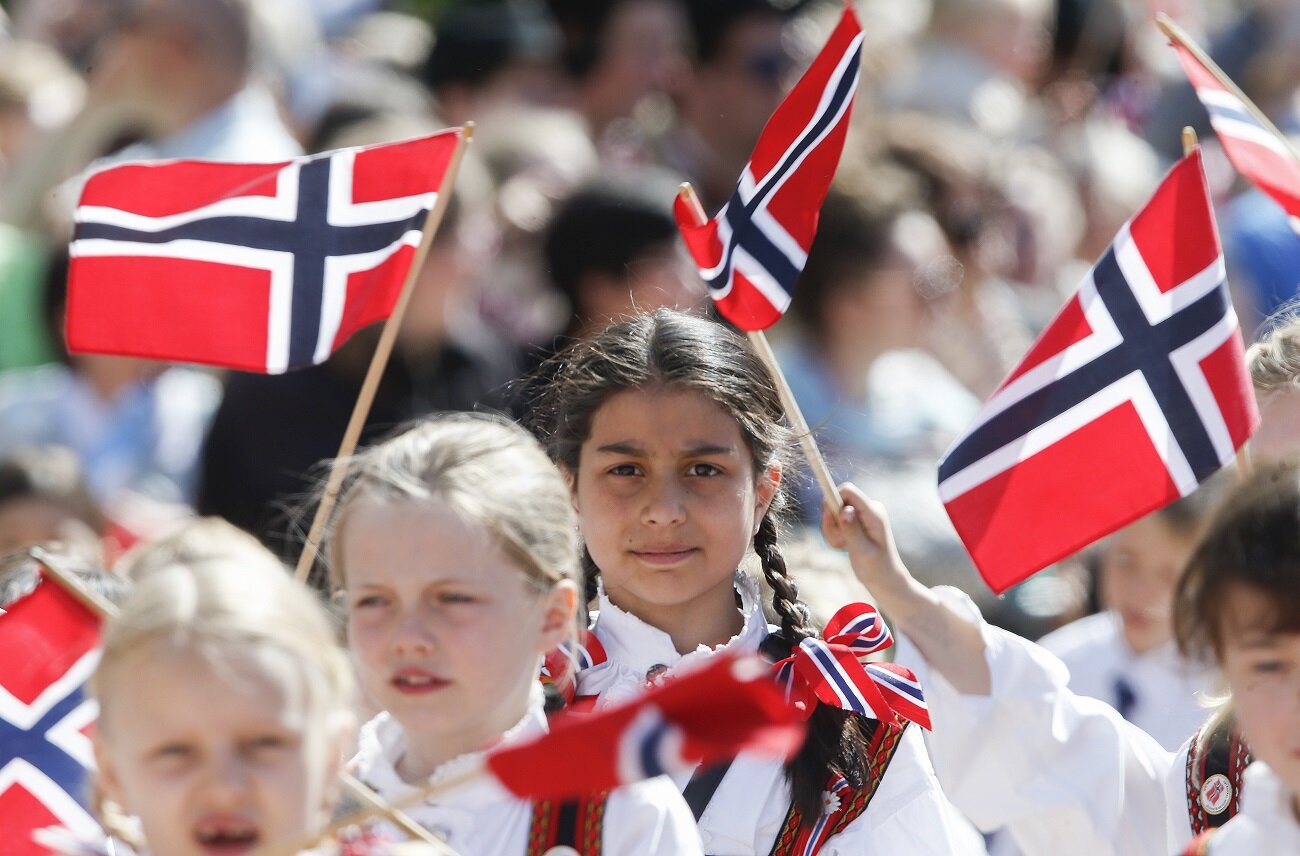
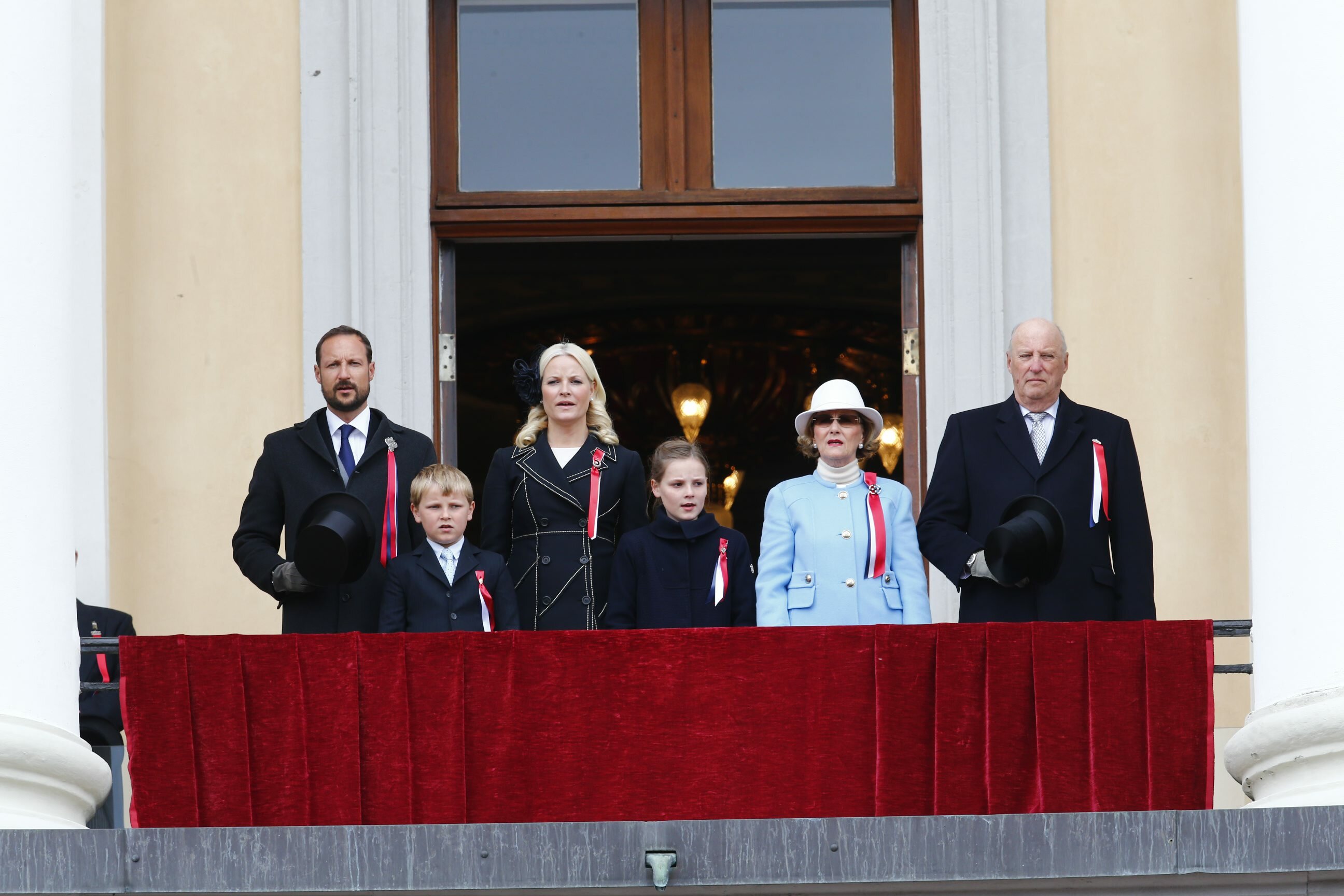
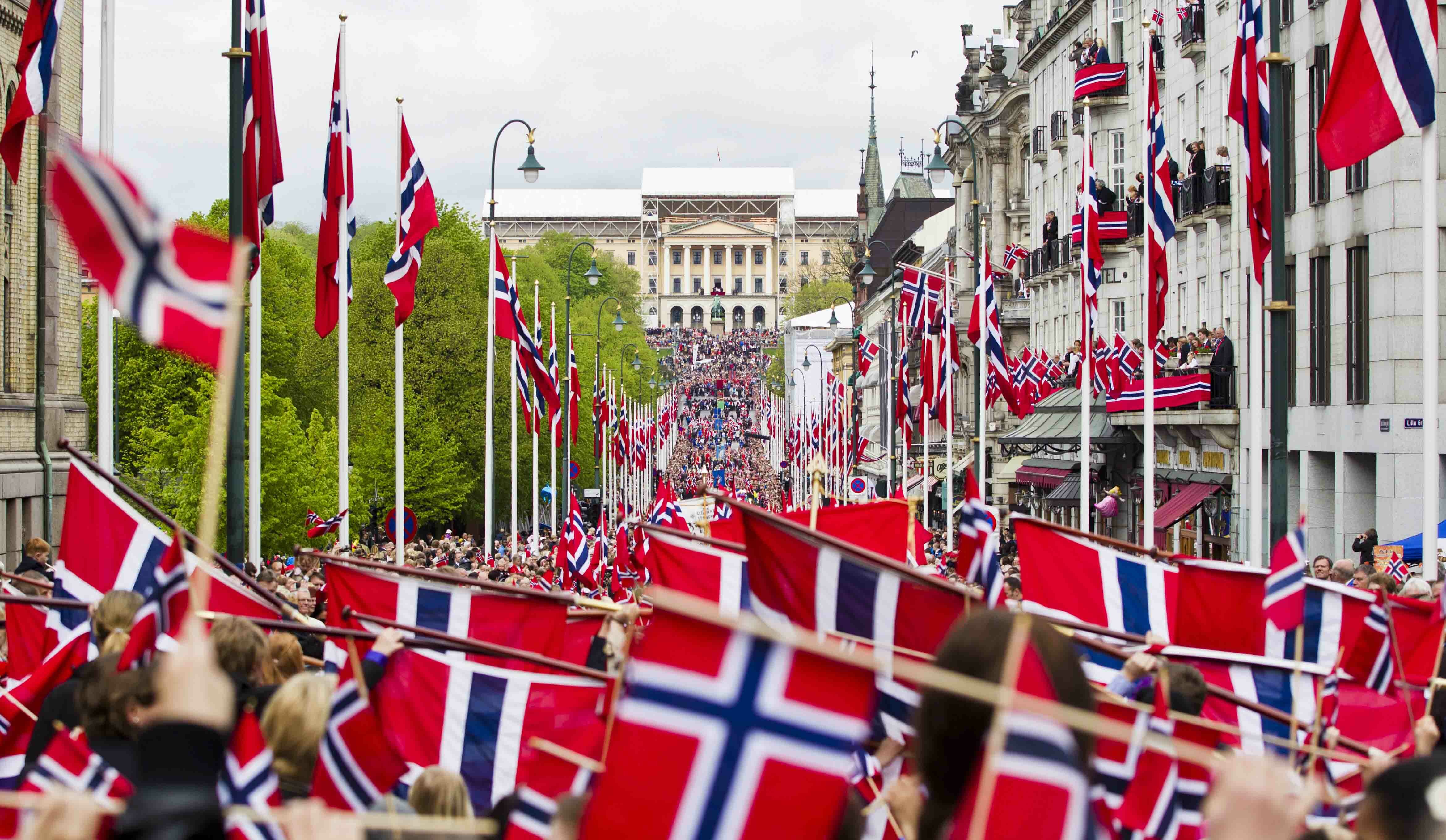



Great info . Thanks for posting. Nyla